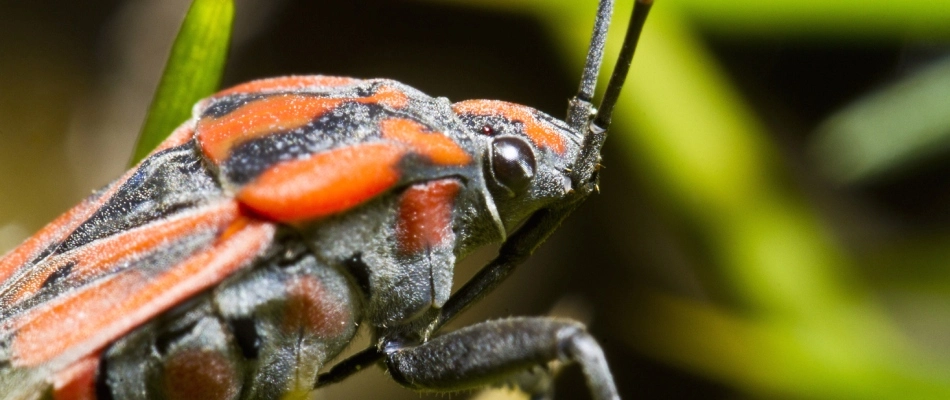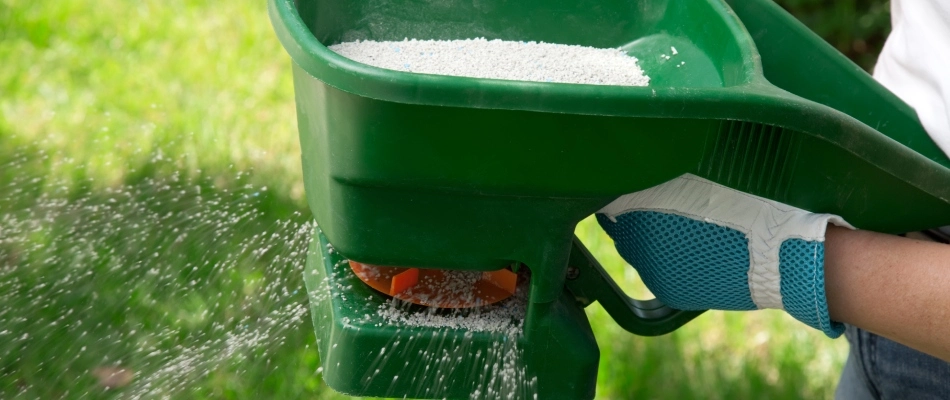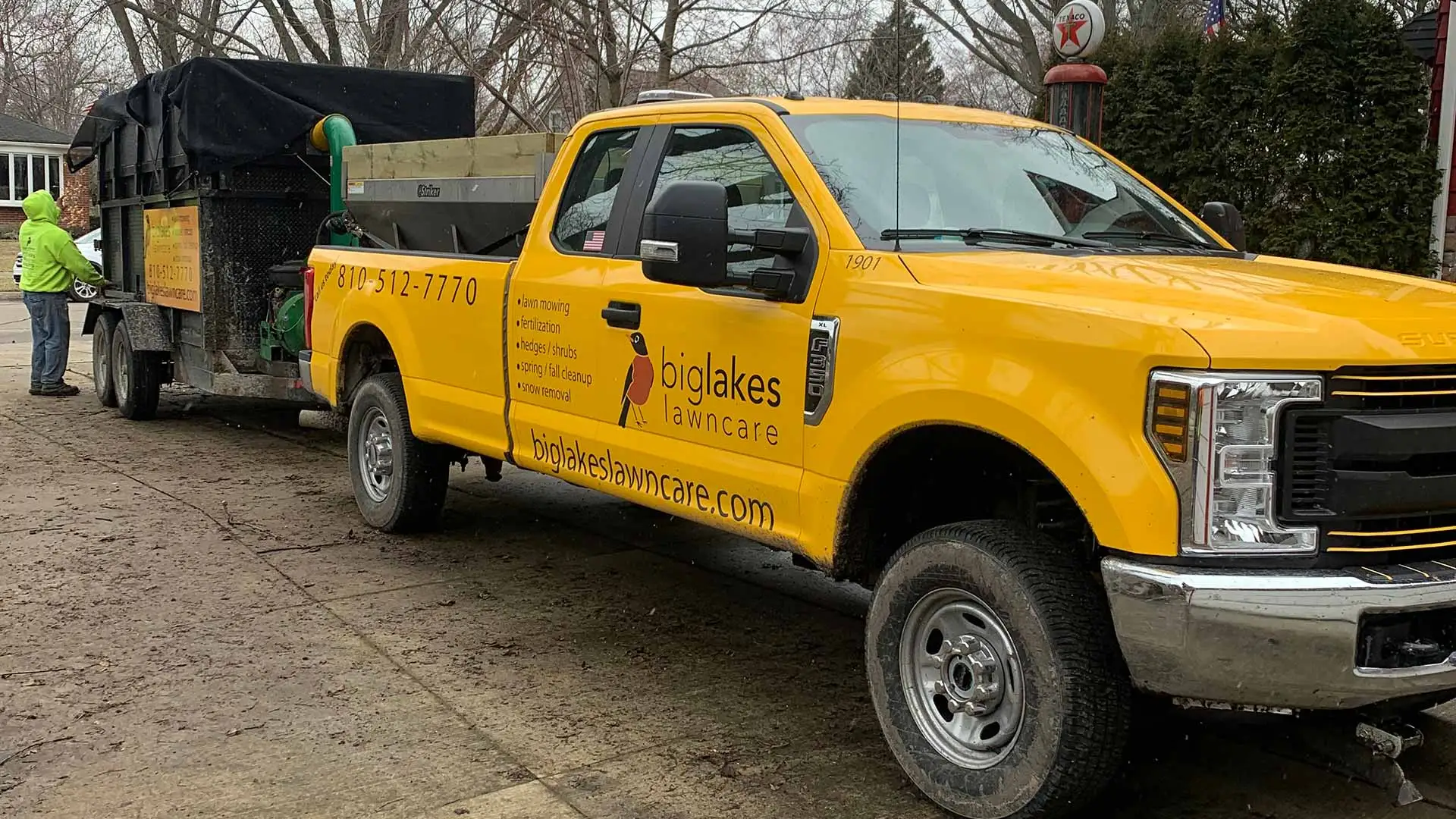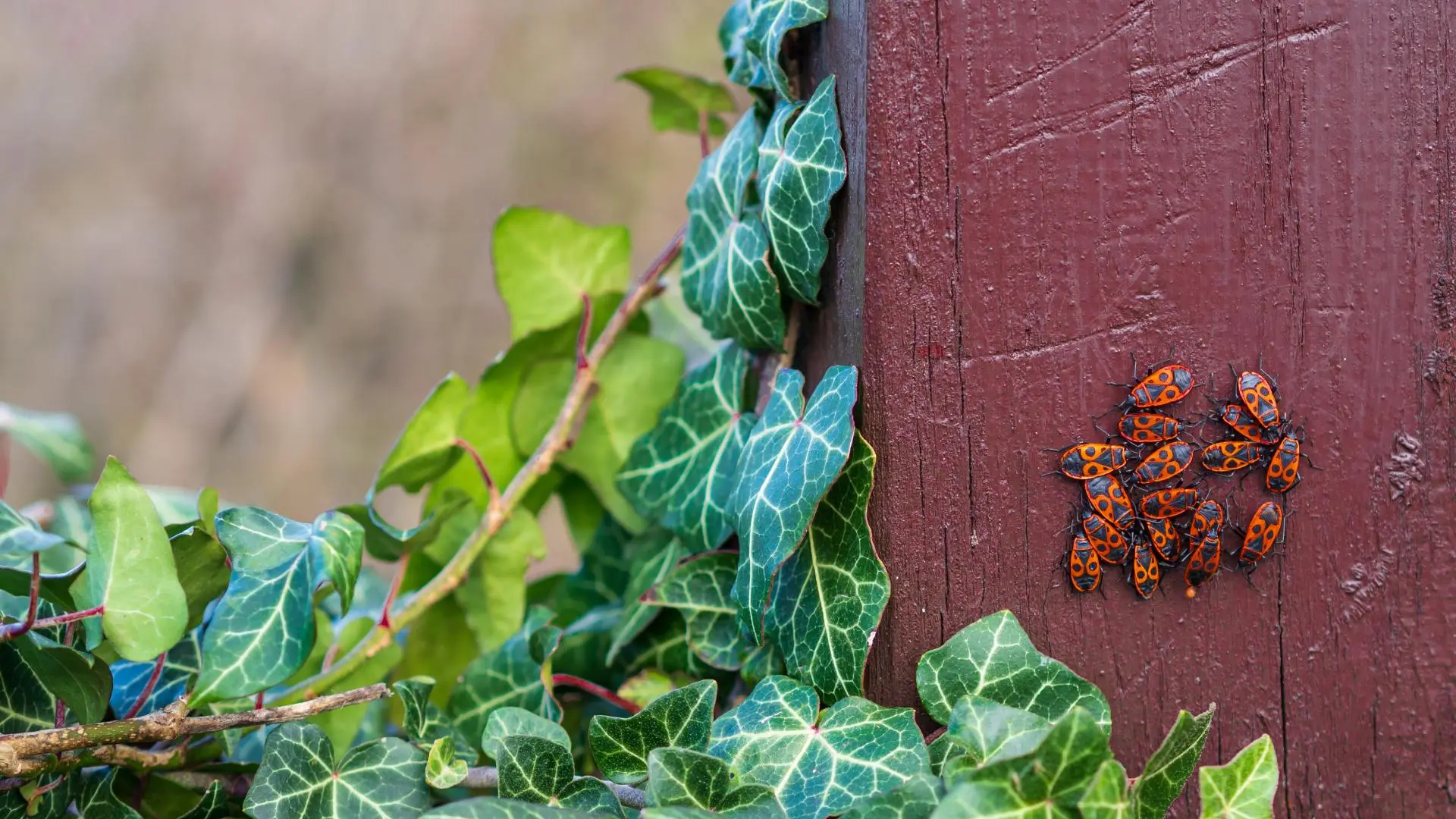From late June to August, Michigan is warm and dry, which is, unfortunately, a perfect environment to encourage the presence of chinch bugs. In their adult stage, these bugs are winged and around an eighth of an inch long. Chinch bug damage presents like many other problems in the lawn, with irregularly shaped, discolored patches of grass that begin by turning yellow, then brown before they die. Once it's determined that the cause of these patches is chinch bugs, you'll want to schedule treatment ASAP to prevent further damage to your lawn. The sooner you identify and treat a chinch bug infestation, the better position your lawn will in to bounce back!
What are chinch bugs and what do they do to your grass?

Chinch bugs are tiny insects that, when fully grown, are around an eighth of an inch long, making them extremely hard to see amongst your grass. The most distinct feature of these insects is their wings, which are primarily white but have a triangular black spot at the outer edge. They will be dormant over winter until the temperature reaches 70 degrees Fahrenheit.
As they awaken and begin to feed, their main food source will be your grass. They pierce grass blades and drain out all of the leaf juices, which then dries out the blade itself. They can also create and release a toxin during their feeding which can kill grass as well, making them efficient at killing swaths of lawn.
What does chinch bug damage look like?
Once chinch bugs are present and feeding, you'll begin to notice irregularly shaped, discolored patches of grass beginning to crop up around your lawn. The grass blades initially turn a yellowish color, and then as more damage is done, they'll turn brown and die. The affected grass will look curiously dry, with properly hydrated blades next to it that just haven't fallen victim to chinch bugs yet. To be certain, it's best to have a professional confirm the presence of chinch bugs as this type of damage can stem from a myriad of lawn issues. Since each issue requires a different treatment to help your lawn recover its health, you'll want to be sure what you're doing won't be a waste!
What should you do if you determine that you have a chinch bug infestation?

Once a professional has confirmed you have an infestation of chinch bugs, the next step is scheduling treatment immediately. If left to their own devices, chinch bugs will feed, mate, lay eggs, and begin the cycle anew with an ever-growing population until your lawn has been wiped out of healthy grass. Their life cycle will need to be stopped to save the health of your lawn, and the earlier you blow the whistle, the better condition your lawn will be in to rebuild once the chinch bugs are gone!
The best preventative measure for chinch bugs is a robust lawn care schedule that includes fertilization and weed control to keep your lawn healthy and strong.
Save your lawn from being a snack for chinch bugs. Call us today to schedule your treatment!
At Big Lakes Lawncare, we know there is always more to learn and do – and that's why we work tirelessly to stay on top of everything lawn and landscape! We serve commercial, residential, and HOA property owners in Macomb, Shelby, Chesterfield, and nearby cities in Michigan with highly-rated services, including our professional chinch bug treatment that will eliminate the infestation and help determine what your grass needs to recover. Call (586) 200-0855 today to schedule your treatment and say goodbye to chinch bugs!




Comments (0)
Thanks for your comment!
Thanks for your feedback! Your comments have been successfully submitted! Please note, all comments require admin approval prior to display.
Error submitting comment!
There is a problem with your comment, please see below and try again.